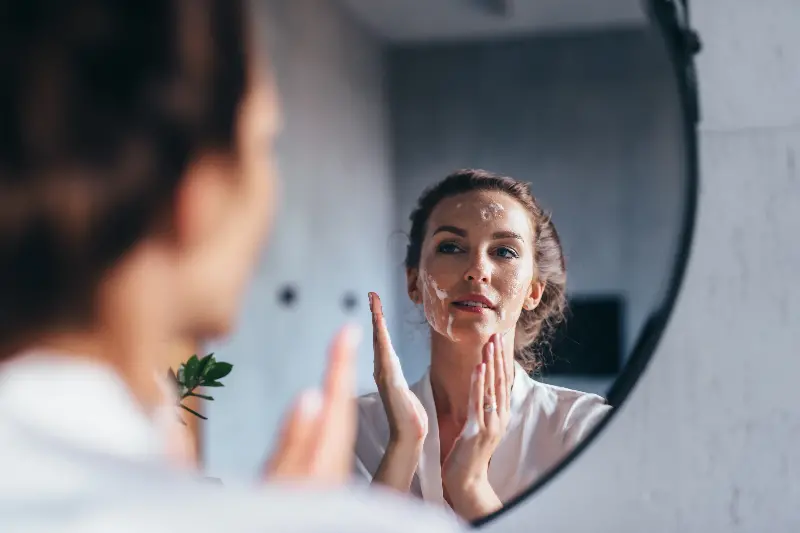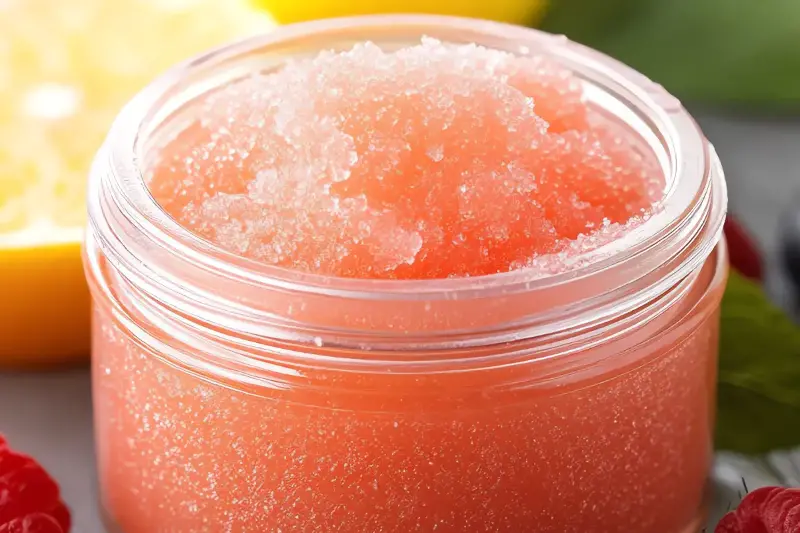Healthy, radiant skin has always been a sign of vitality and confidence, but achieving a timeless glow doesn’t just rely on miracle creams or pricey facials. One of the most misunderstood steps in modern skincare routines is exfoliation. While removing dead skin cells can unveil a fresher complexion, certain habits can fast-track skin ageing rather than delay it. If you’re seeking to maintain a youthful, vibrant look for years to come, these expert-backed exfoliation habits are ones you’ll want to rethink.

Exfoliating Frequency: Less Is Often More
Many people believe that more exfoliation equals better skin. It’s an easy trap to fall into—after all, immediate smoothness is addictive. Yet, dermatologists warn that over-exfoliating poses one of the greatest dangers to your skin’s youthful resilience. Exfoliating too often, whether it’s daily or multiple times a week, can strip away not only dead skin cells but also the healthy, protective barrier that locks moisture in and environmental aggressors out. Signs of over-exfoliation include redness, tightness, increased oiliness, breakouts, and heightened sensitivity, all of which can accelerate the visible ageing process.
Experts generally recommend exfoliating once or twice per week, depending on your skin type. Those with sensitive or dry skin should err on the side of caution, leaning towards less frequent exfoliation, while oilier or thick-skinned individuals may tolerate a bit more. Pay attention to how your skin feels rather than sticking rigidly to a routine—sometimes, the best beauty tip is simply to listen to your body.
Choosing the Right Exfoliator: Ingredients Matter
Not all exfoliators are made equal. The market is flooded with physical (mechanical) and chemical exfoliators, but picking the wrong type for your skin can fast-track irritation and premature wrinkles. “People love the immediate effect of scrubs with large particles, but those can cause micro-tears, leaving the skin more vulnerable to ageing and environmental stressors,” says Dr Alicia Fox, a leading cosmetic dermatologist. Instead, look for products containing gentle, rounded beads if you prefer a physical exfoliant.
Chemical exfoliators—such as alpha-hydroxy acids (AHAs) like glycolic acid or lactic acid, and beta-hydroxy acids (BHAs) like salicylic acid—are often lauded by professionals. They effectively dissolve the bonds keeping dull, dead skin cells attached without scraping or scratching. However, stronger isn’t always better here, either. Many people jump straight into high concentrations, only to find their skin stinging and peeling. Start with lower percentages and work up gradually, and always perform a patch test before using a new product on your face.

Exfoliating Dry Versus Wet Skin: Timing Is Everything
A common mistake is exfoliating on dry, parched skin or failing to prep the skin properly beforehand. Most exfoliating products, especially scrubs and peels, should be applied to damp skin—it helps spread the product evenly and reduces friction. This small but critical habit can protect the skin’s surface and prevent unnecessary irritation. After showering or thoroughly washing your face, gently pat your skin so it’s damp but not dripping, then proceed with exfoliation.
Chemical exfoliants, on the other hand, often require clean, dry skin to work effectively—always read the instructions, as applying on wet versus dry skin can change the strength of their effects.
Neglecting Sun Protection: A Fast Track To Ageing
Perhaps the most overlooked danger of exfoliation is increased sun sensitivity. When you remove the top layer of dead cells, you’re often revealing newer, more delicate skin underneath. Without proper protection, this baby-soft layer is more prone to DNA damage, pigmentation, and premature ageing from ultraviolet rays. Failing to wear sunscreen after exfoliating is one of the quickest ways to undo all your hard work.
Even if you’re exfoliating at night, daily broad-spectrum SPF—preferably 30 or higher—is non-negotiable. Factor this in as an essential step in your routine, especially in the days following exfoliation. If you’re committed to anti-ageing, this single habit is as critical as the exfoliation itself.
Forgetting To Hydrate And Replenish
Exfoliation works wonders in sloughing away the old, but what comes after your scrub or peel makes all the difference. Experts strongly recommend following exfoliation with a soothing, hydrating routine. Look for moisturisers containing ingredients like ceramides, hyaluronic acid, and niacinamide, which can replenish and fortify the skin barrier. Hydration isn’t just about creams, either—gentle sprays and lightweight serums can lock in moisture without overwhelming the skin.
If you’re aiming to reduce visible ageing, another pro tip is to layer on antioxidants after exfoliating. Vitamin C serums, for example, can protect fresh skin from environmental damage and support healthy collagen production—both keys to a smoother, more radiant appearance.
Adjusting Habits For Life-Long Radiance
Youthful skin is never about harshness, but about thoughtful, attentive care. By dialling down aggressive exfoliation, embracing the right products, protecting your skin from the sun, and replenishing its natural defences, you’ll be putting years back on the clock. Remember, true beauty is about progression, not perfection. Change your habits now, and your skin will thank you well into the future.
